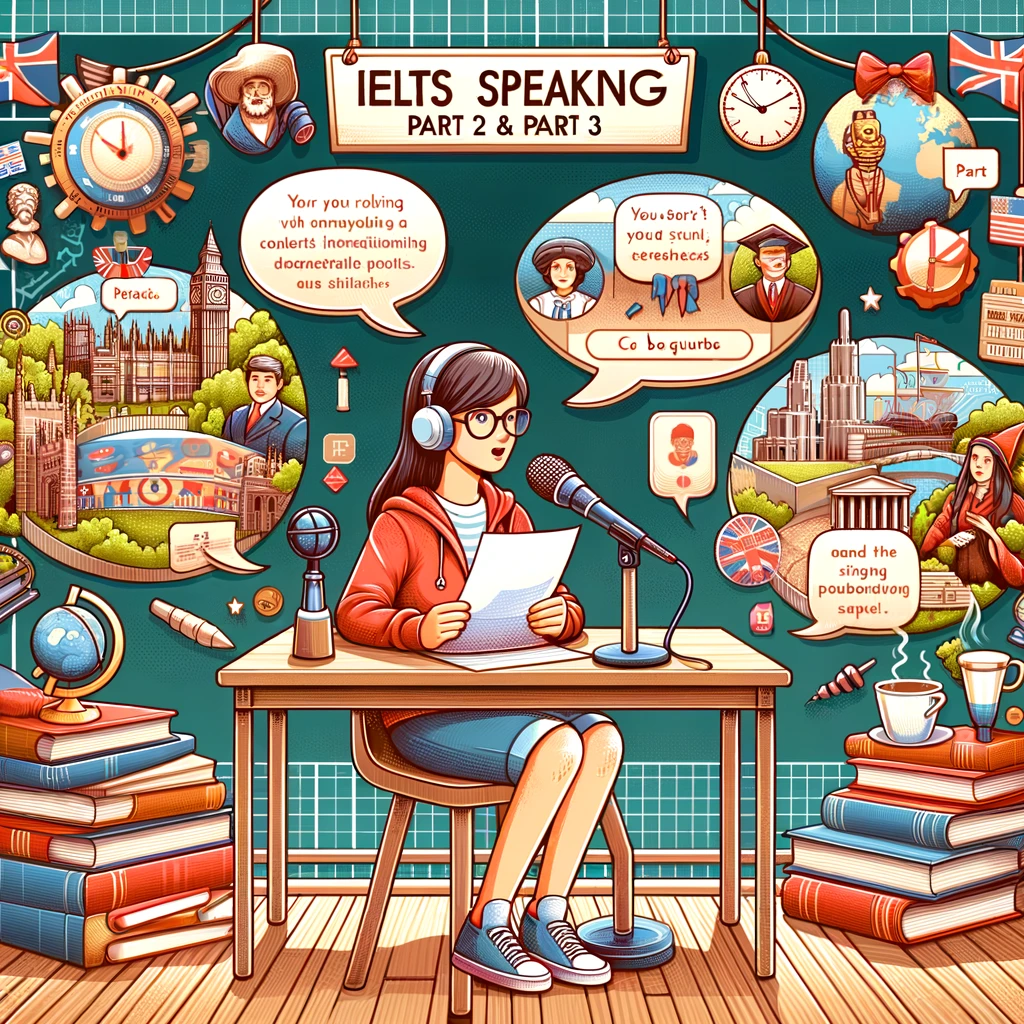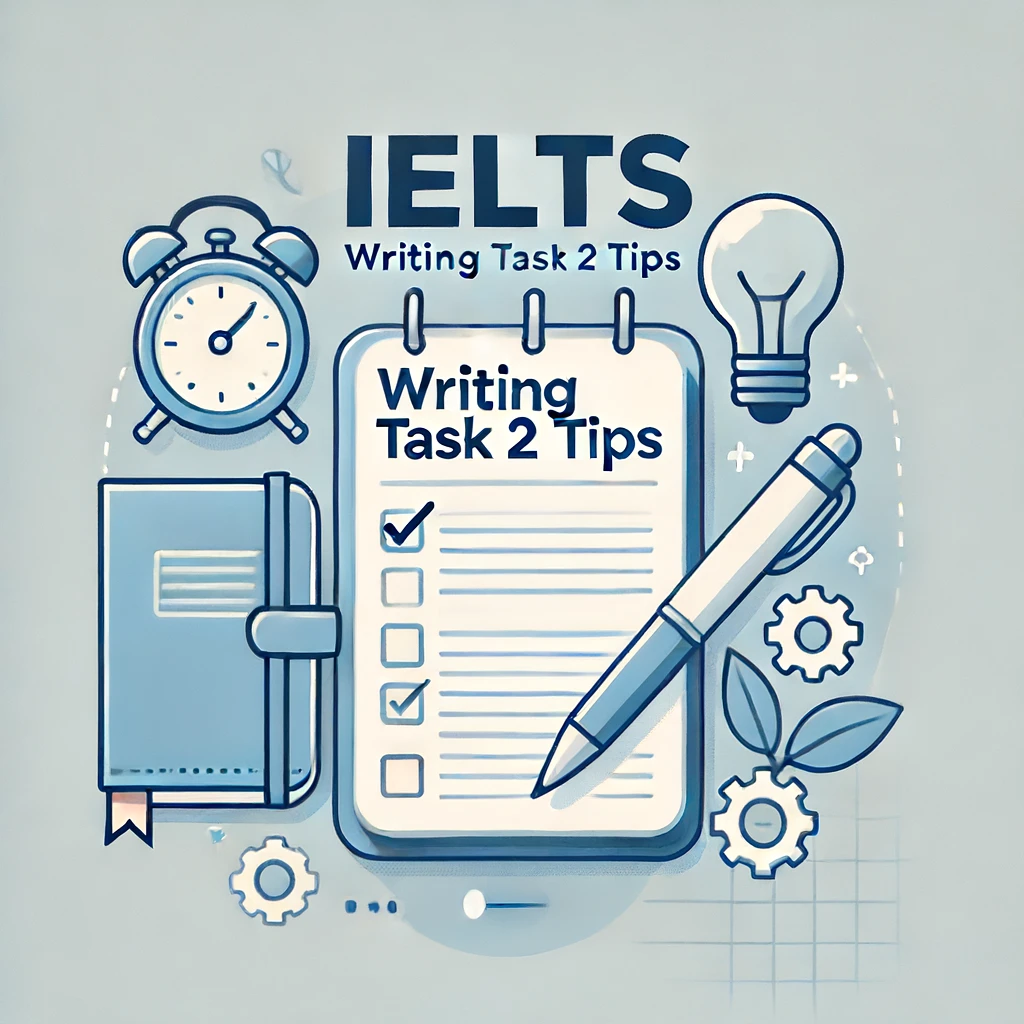Part 2
Describe a time when you were very busy.
One of the busiest times in my life was about a year ago, during the final preparations for the launch of a new language course at Nakhchivan State University. This period was particularly hectic because I was juggling multiple responsibilities simultaneously.
I was busy for several reasons. First, I was responsible for designing the course curriculum, which involved extensive research and the creation of detailed lesson plans. Additionally, I was coordinating with other faculty members to ensure that all the necessary materials and resources were available. On top of that, I was still teaching my regular classes and mentoring students, which left me with very little free time.
To manage my time effectively, I implemented several strategies. I created a detailed schedule, breaking down each task into smaller, manageable steps and prioritizing them based on deadlines and importance. I also utilized productivity tools such as digital calendars and task management apps to keep track of my progress and stay organized. Delegating certain tasks to colleagues and seeking their assistance when necessary also helped alleviate some of the workload. Furthermore, I ensured that I set aside time for short breaks to prevent burnout and maintain my focus throughout the day.
The outcome of this busy period was highly rewarding. The new language course was successfully launched on time, and the initial feedback from both students and faculty was overwhelmingly positive. The course was well-received, with many students expressing enthusiasm about the innovative teaching methods and engaging materials. This success was a testament to the hard work and dedication put into the project by everyone involved.
Reflecting on that time, I felt a mix of exhaustion and satisfaction. While the intense workload was challenging and sometimes overwhelming, the sense of accomplishment and pride I felt upon seeing the course come to fruition made it all worthwhile. It was a valuable learning experience that taught me the importance of effective time management, teamwork, and resilience in the face of demanding circumstances.
—
Part 3
1. What are the common reasons people feel busy?
People often feel busy due to a combination of professional and personal responsibilities. Common reasons include work-related tasks, such as meeting deadlines, attending meetings, and managing projects. Personal commitments, like family obligations, social activities, and household chores, also contribute to a busy lifestyle. Additionally, technological advancements and the constant connectivity they bring can lead to an increased volume of tasks and interruptions, making people feel perpetually busy.
2. How can people manage their time more effectively?
People can manage their time more effectively by prioritizing tasks, setting clear goals, and creating a structured schedule. Utilizing productivity tools, such as digital calendars and task management apps, can help track progress and deadlines. Breaking larger tasks into smaller, manageable steps can make them less daunting. It’s also important to set aside specific times for focused work and to minimize distractions. Regularly reviewing and adjusting one’s schedule can ensure that time is used efficiently.
3. Do you think being busy is a good or bad thing? Why?
Being busy can be both good and bad, depending on the context and how it is managed. On the positive side, being busy can lead to a sense of purpose and productivity, driving personal and professional growth. However, excessive busyness can lead to stress, burnout, and a lack of work-life balance, negatively impacting one’s health and well-being. It’s crucial to find a balance where busyness is manageable and does not overwhelm or detract from overall quality of life.
4. How can stress from being too busy affect one’s health?
Stress from being too busy can have several adverse effects on one’s health. Physically, it can lead to issues such as headaches, fatigue, and weakened immunity. Prolonged stress can also contribute to more serious conditions like hypertension, heart disease, and gastrointestinal problems. Mentally, it can result in anxiety, depression, and difficulty concentrating. Chronic stress can disrupt sleep patterns, leading to further health complications and reduced overall well-being.
5. What are some strategies to balance work and personal life?
Strategies to balance work and personal life include setting boundaries, such as specific work hours and personal time. Prioritizing tasks and learning to say no to non-essential commitments can help maintain a manageable workload. Regularly scheduling downtime for relaxation and hobbies is essential for mental and emotional health. Effective delegation of tasks at work and home can also alleviate pressure. Additionally, fostering supportive relationships and seeking help when needed can provide a strong foundation for balancing different aspects of life.
6. How has the concept of being busy changed with modern technology?
Modern technology has significantly changed the concept of being busy. While it has increased efficiency and productivity, allowing people to accomplish tasks faster, it has also blurred the lines between work and personal life. The constant connectivity through smartphones and the internet means that people are often expected to be available at all times, leading to an always-on culture. This can result in an increased workload and the feeling of being perpetually busy, as the boundaries between work and rest become less distinct. On the positive side, technology also offers tools that can help manage time and tasks more effectively, making it easier to balance responsibilities.
—
Glossary for Band 9+ IELTS Speaking
1. Juggling – Managing multiple tasks or responsibilities simultaneously
2. Hectic – Full of activity, very busy and fast-paced
3. Extensive research – Thorough and comprehensive investigation into a subject
4. Productivity tools – Software or applications designed to help manage tasks and improve efficiency
5. Alleviate – To make a problem or situation less severe
6. Burnout – Physical or mental collapse caused by overwork or stress
7. Perpetually – Continually, constantly
8. Daunting – Seeming difficult to deal with in anticipation; intimidating
9. Adverse effects – Negative or harmful impacts
10. Boundaries – Limits or guidelines that define acceptable behavior or responsibilities
11. Hypertension – High blood pressure
12. Gastrointestinal problems – Issues related to the stomach and intestines
13. Blurred the lines – Made the distinction between two things less clear
14. Always-on culture – A societal expectation that people should be constantly available and responsive
15. Distinct – Recognizably different in nature from something else

